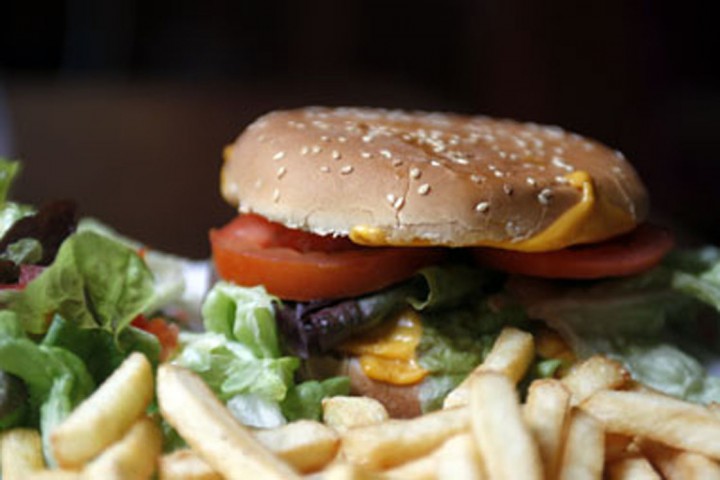TORONTO – The next time you’re in line at McDonald’s, don’t bother supersizing your meal.

In an attempt to attract the attention of overweight Americans, the U.S. Centers for Disease Control created a chart illustrating how quickly fast food portion sizes – along with our waistlines – have changed since the 1950s.
Turns out, fast food meals have more than tripled.
In the 1950s, diner hamburgers were about seven ounces in size, but add two burger patties, cheese and the dangerous “make it bacon” slogans and the fast food staple has morphed into a 12-ounce burger.
French fries, laden in oil and salt, have more than tripled in size. A portion used to be about 2.4 ounces and now, an average order clocks in at a hefty 6.7 ounces, the graphic shows.
Soda servings have multiplied by six – a regular drink in the ‘50s was about seven ounces in size. Now – and we’ve seen these cups that require two hands to hold – Americans are drinking 42 ounces of sugar and carbonated water.

In short, the CDC is implying Americans dining on drive-through fare are eating about as much as a small dinosaur would.
“Portion sizes have been growing. So have we. The average restaurant meal today is more than four times larger than in the 1950s. And adults are, on average, 26 pounds heavier,” the graphic, titled ‘The New (Ab)normal’ says.
The CDC is trying to engage Americans by presenting healthy eating suggestions in simple forms. The website even points to a printer-friendly board game that points to nutritional tips. Some of the suggestions on the board game include:
– Split an entrée with a friend
– Snack on fruit
– Replace candy with fruit bowl and move ahead three steps
Canadians grabbing dinner at popular fast food chains have even more reason to be cautious. An international report published in the Canadian Medical Association Journal found that fast food in our country has “substantially” higher levels of salt compared to the same foods in other countries.
Chicken McNuggets in Canada, for example, contain two and a half more times the amount of sodium – 600 mg or 1.5 grams of salt per 100 gram servings – compared to only 240 mg of sodium or 0.6 grams of salt per 100 gram servings in the U.K.
Salads and fries in fast food joints in Canada, by far, provided the highest salt content.
SOUND OFF: Do you think meal portions have multiplied in size in recent decades? Tell us what you think on Facebook.
carmen.chai@globalnews.ca
Follow @Carmen_Chai
//




Comments